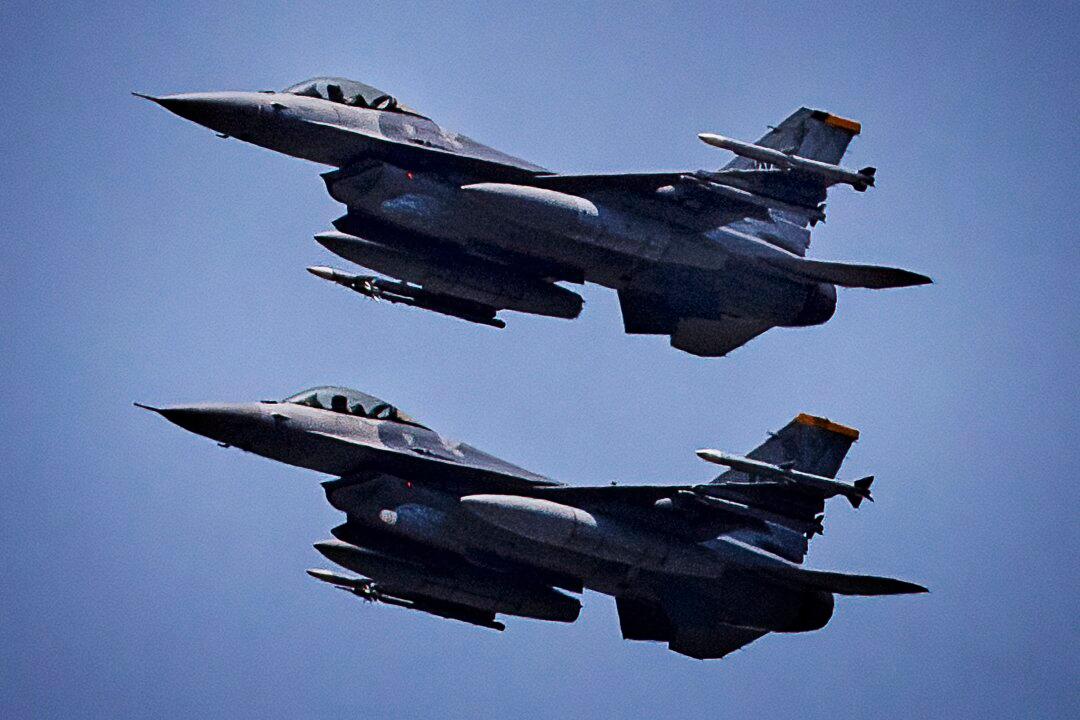Commentary
U.S. Secretary of the Air Force Frank Kendall announced changes to the capabilities of the air and space forces to confront the threat posed by the Chinese Communist Party (CCP) in the western Pacific.

U.S. Secretary of the Air Force Frank Kendall announced changes to the capabilities of the air and space forces to confront the threat posed by the Chinese Communist Party (CCP) in the western Pacific.